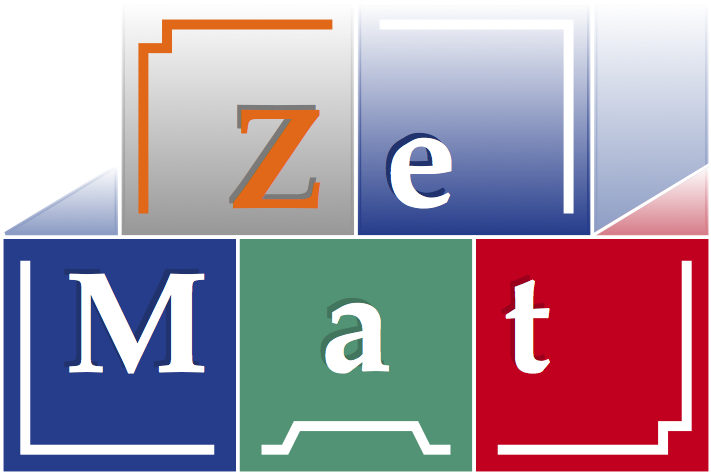
|
ZeMat Efficient analysis of high-dimensional ultrasound data in non-destructive testing Joint BMBF research project |
|
About Members |
ZeMat2: Sparsity constraints in non-destructive testing
Project coordinators: Prof. Dr. Felix Krahmer,
Prof. Dr. Russell Luke Goal of this project is a performance increase for the measurement and visualization of defects in welds using sparsity constraints. On the one hand one can assume sparsity in the given data, i.e. that a-scans have a sparse representation in suitable function systems. Using this structure, the Total-Focussing-method (TFM) can be optimized using compressive sensing methods. Instead of using all transmitter-receiver combinations, as e.g. done in the full-matrix-capture, only a randomly chosen subset of probes will be accessed. In this way, the same information can be captured using considerably less measurements. Moreover an iterative imaging technique using sparsity will be developed in this project. The basis of this technique will be a factorisation method where an artificial incoming ultrasound wave is constructed in each iteration step. Its scattering pattern will give information about the geometry of the underlying structure. Applying sparsity constraints at each iteration step, the main components can be captured, allowing not only an increase of the contrast of the method but also reducing the complexity of the visualization. |